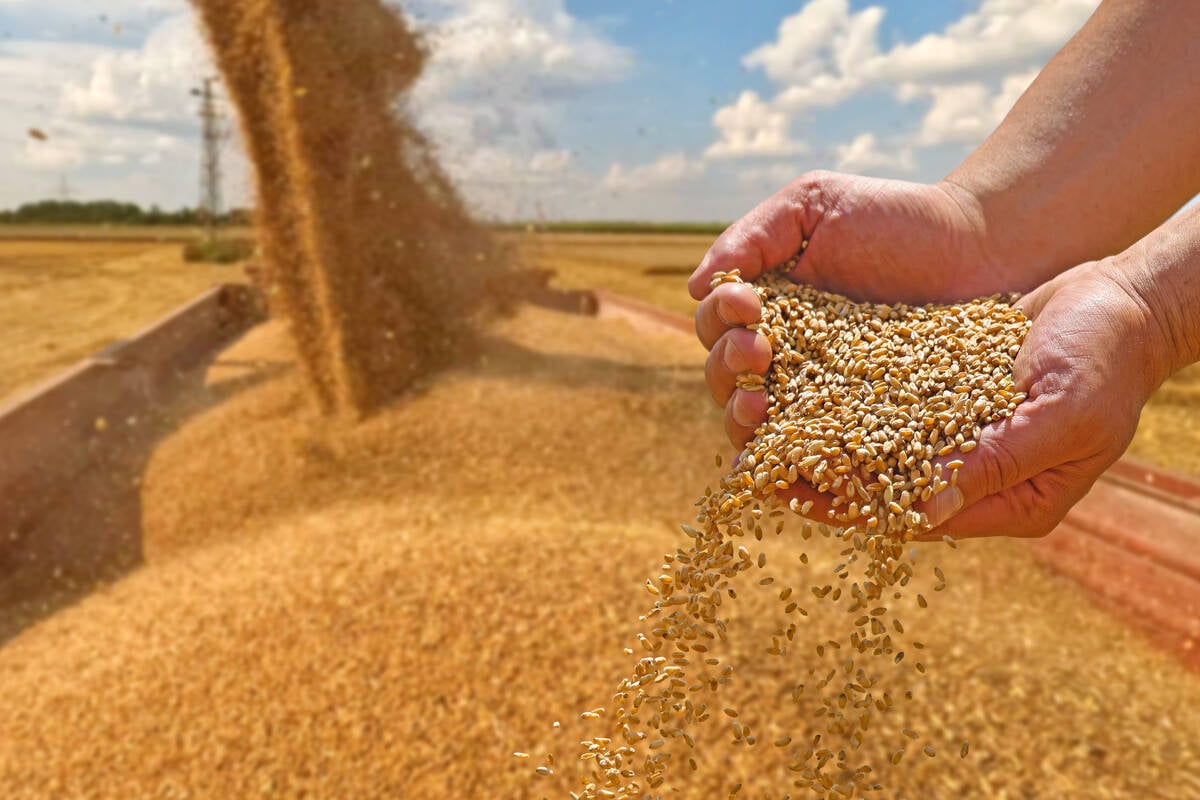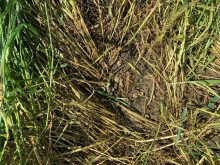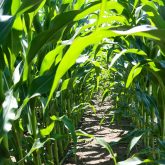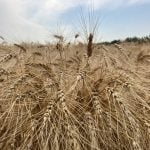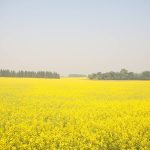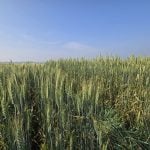Recorded yields in the 2025 Great Lakes YEN (Yield Enhancement Network) challenge surpassed 115 bushels per acre across all participating farms in 2025, with a record breaking 180.2 bushel crop grown by one Michigan participant.
Great Lakes YEN was created in 2021 to improve the grain sector’s understanding of winter wheat performance in the Great Lakes region. It’s a partnership between Grain Farmers of Ontario, Michigan State University, Michigan Wheat Program, the Ontario Ministry of Agriculture, Food and Agribusiness, and the University of Guelph.
Participants are provided with support and a detailed analysis of their crop to drive winter wheat yields, benchmarking, and peer learning among farmers, as well as other industry professionals.
Read Also
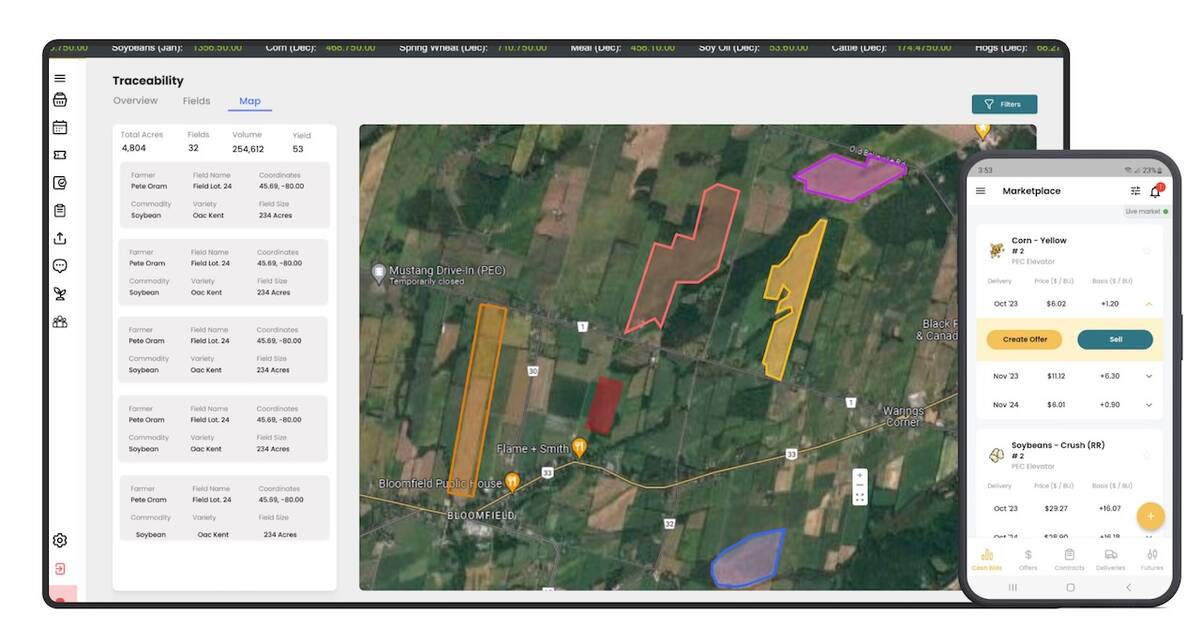
Ontario company Grain Discovery acquired by DTN
Grain Discovery, an Ontario comapny that creates software for the grain value chain, has been acquired by DTN.
The top three prizes this year have been awarded to Nick Suwyn (Michigan) for achieving 182.6 bu./acre, Wayne Metzger (Ontario) for 170.1 bu./acre, and Ben Wilson (Michigan) for 156.2 bu./acre. Suwyn also took the top spot in 2024 for 171.9 bu./acre.
Metzger describes the Grey County farm that won him second place “a very good farm” with a long history of manure and biosolid application. He also says the farm was treated “a little better than the others” through the process.
“It’s so hard to put a number on manure. But we know it works, we don’t have to do research and studies. We just know it works,” says Metzger, speaking to Farmtario Oct. 9, 2025.
“We’re fortunate enough to be in a diverse area.”
Marty Vermey, senior agronomist with Grain Farmers of Ontario, also highlights manure as playing an important role in many of the Great Lakes YEN high-yielding fields.
But more generally, he says there has been an increased average achievement of potential yield. Dry weather and stripe rust did supress yields in Ontario, although he says the “rumour is the provincial average are at 100 [bushels per acre] this year.”
Timely rains during the June grain-fill period made a particularly significant difference for many growers.
The analysis provided to participants in the challenge, such as soil fertility and realized plant nutrient uptake, is quite detailed, providing a lot of opportunity for comparison and contrast.
“Theres so many interactions going on. That’s what we’ve learned over the years,” says Vermey. From a fertility perspective, he adds “one thing we find is the top growers are kind of in the middle of everything. They’re balanced out.”
“How do we take the knowledge we gain here and put that into general recommendations for all farmers…and also help extension staff and researchers,” says Vermy.
“This is really studying what farmers are doing.”
Additional highlights from the Great Lakes YEN 2025 season include:
• Farmers in the region successfully planted winter wheat within their optimum planting window in fall 2024, with timely rains aiding establishment despite some regional dryness.
• Snow cover protected fields, helping with high winter survival through low temperatures. Early-planted Ontario fields showed snow mould symptoms but recovered quickly. Split nitrogen and sulphur applications supported early spring growth.
• Cool spring conditions extended fungicide spray windows. Stripe rust emerged in Ontario in May, with significant losses in fields where fungicides were not applied. Isolated reports of common bunt were observed in northwest Michigan.
• Late June heat shortened grain fill in Ontario. In the U.S., windstorms caused localized lodging, but overall yield potential remained strong.
• Ontario reported strong, high-quality yields with very low DON. U.S. harvest quality was mostly excellent, although later rains caused sprouting and falling number issues in some areas. Overall, yields ranged from strong to average, highlighting the benefits of adaptive management.


